

William Stopford
Every SUV, ute and van discontinued in Australia in 2025
5 Hours Ago

News Editor
Toyota Motor Corporation might have revealed 16 (!) separate Toyota and Lexus electric concepts this week, but lurking in the background were a few more reveals.
In a photo showing off its fleet of electric Lexus concept vehicles, a row of shadowy vehicles can be seen parked behind. They appear to be the company’s forthcoming combustion-engine models.
Some seem easy to identify. Second from the left appears to be the UX, potentially in facelifted form, while to the right of it is the redesigned NX.
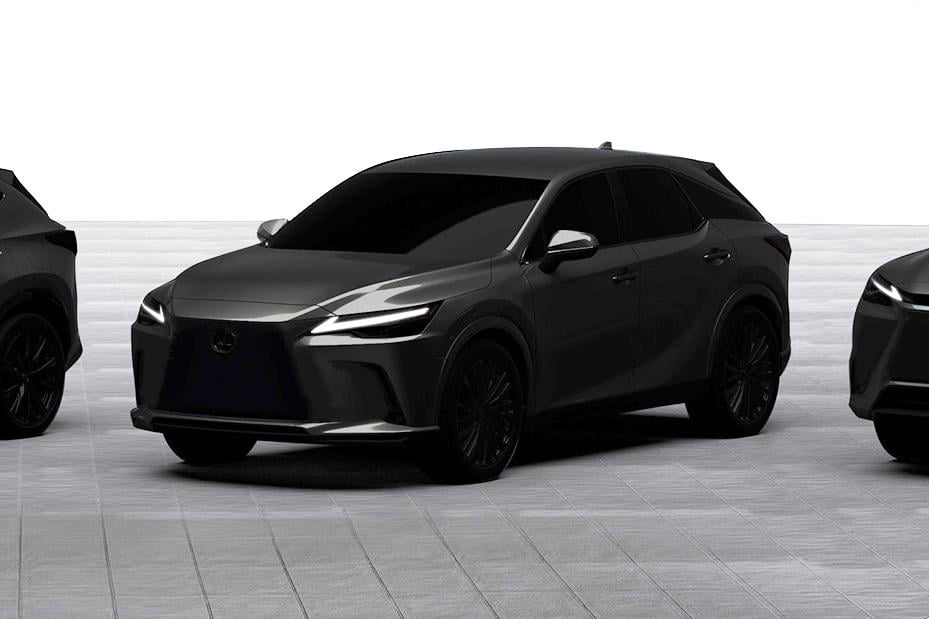
To its right appears to be the next-generation RX, set to debut in 2022. While it’s expected to move to the new TNGA architecture, styling appears little changed from the current car except for the front.
The beltline uptick and C- and D-pillar treatment look almost identical to that of the current RX, but the front bears a close resemblance to the redesigned NX.
It’s flanked by three mystery models.
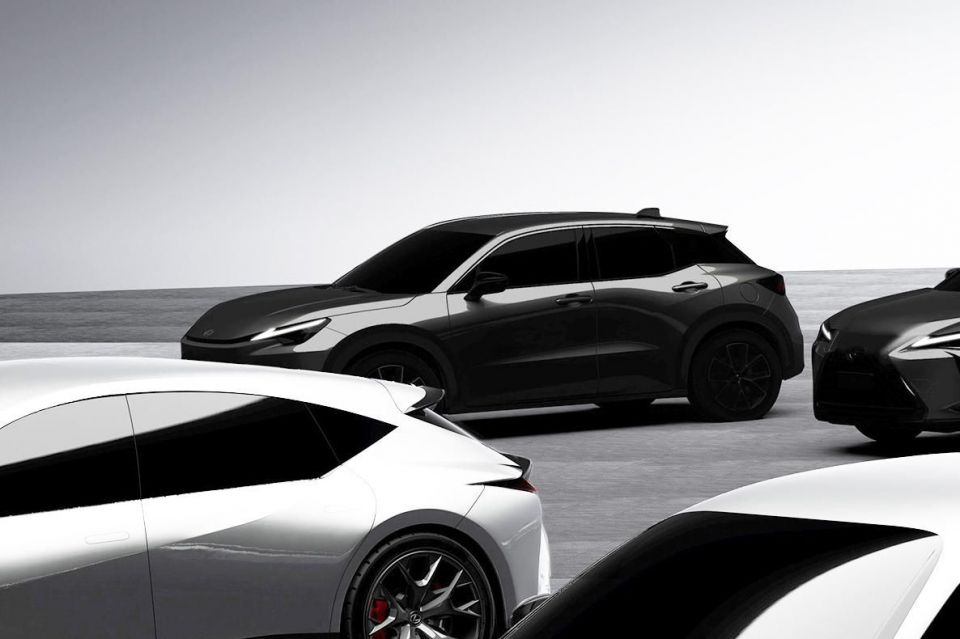
On the far left is a hatchback or low-slung crossover – à la the discontinued Infiniti Q30 and QX30 – that appears to be roughly the same size as the UX next to it.
This could be a replacement for Lexus’ decade-old CT hatchback, recently discontinued in Australia.
A boxy, upright SUV could be either the next-generation GX, Lexus’ luxed-up Toyota LandCruiser Prado derivative, or the rumoured three-row crossover that’ll give Lexus a more competitive option than the compromised RX L.
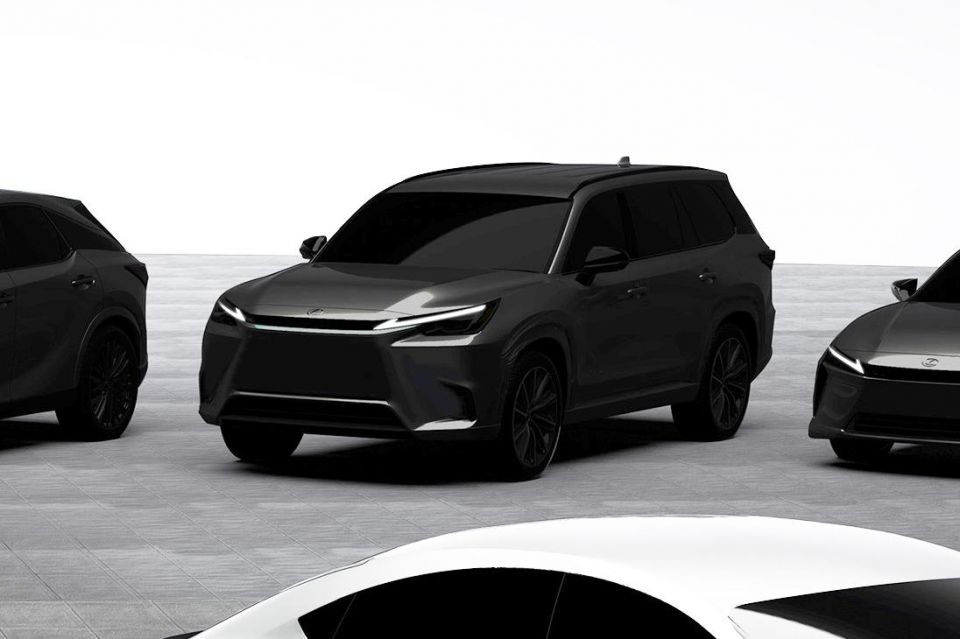
A report from Car & Driver in September indicated Lexus had trademarked the names TX350 and TX500h, potentially for use on a large crossover to slot in above the RX; Toyota is also reportedly planning a crossover larger than the Kluger.
Finally, there’s a shadowy sedan that appears to be similar in size to the ES.
It doesn’t completely resemble the current model, with a markedly different front end design. The side detailing and cutlines also look different to the current ES (and IS, for that matter).
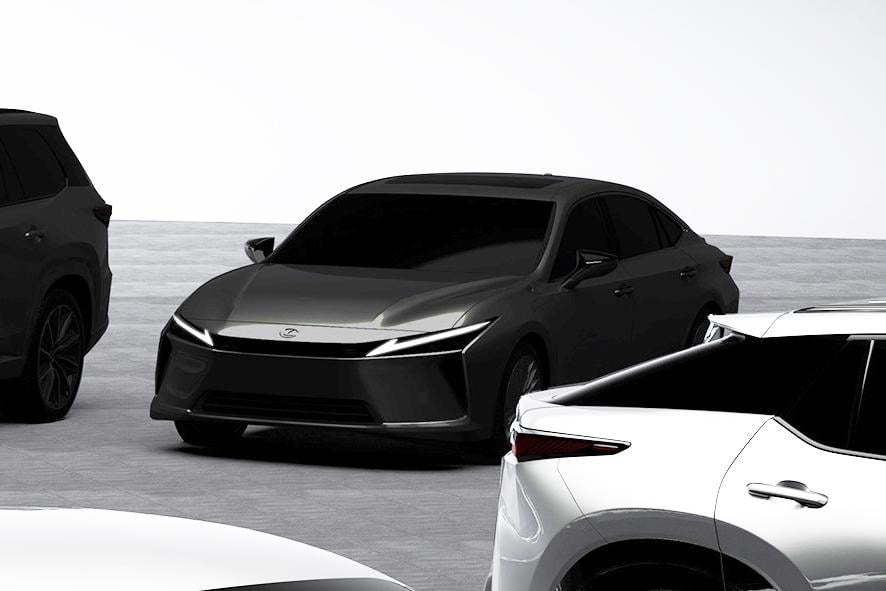
It’s unclear why Lexus’ flagship models – the LS sedan, LC two-door and redesigned LX SUV – weren’t included in the group photo.
Lexus’ electric concepts were presented more clearly: a sports car, an IS-style sport sedan and a corresponding sport wagon, a large three-row crossover, and an LC-style convertible.
The company also revealed the upcoming RZ crossover, which will share the dedicated electric e-TNGA architecture with the Toyota bZ4x and Subaru Solterra.
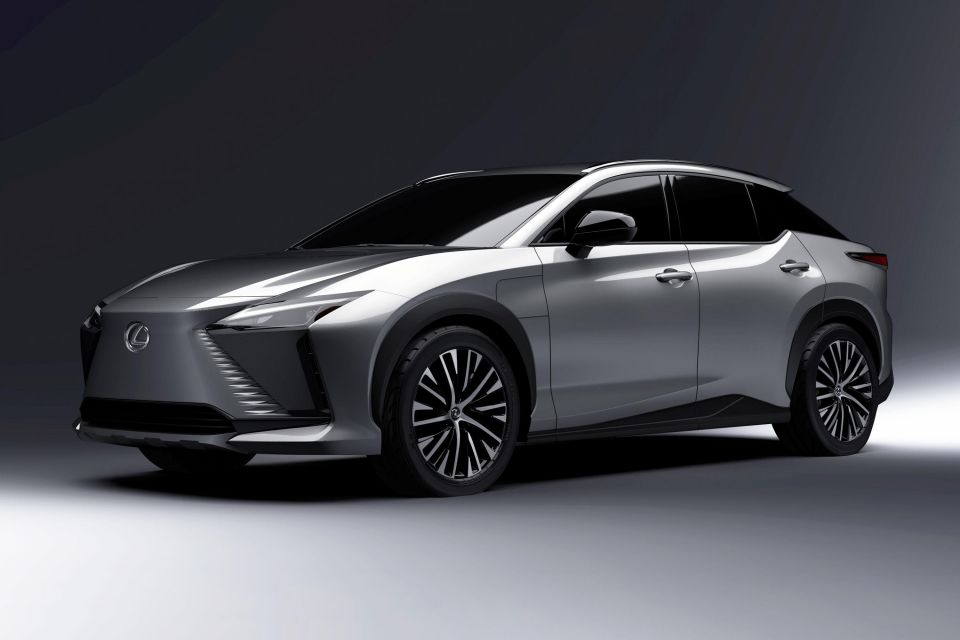
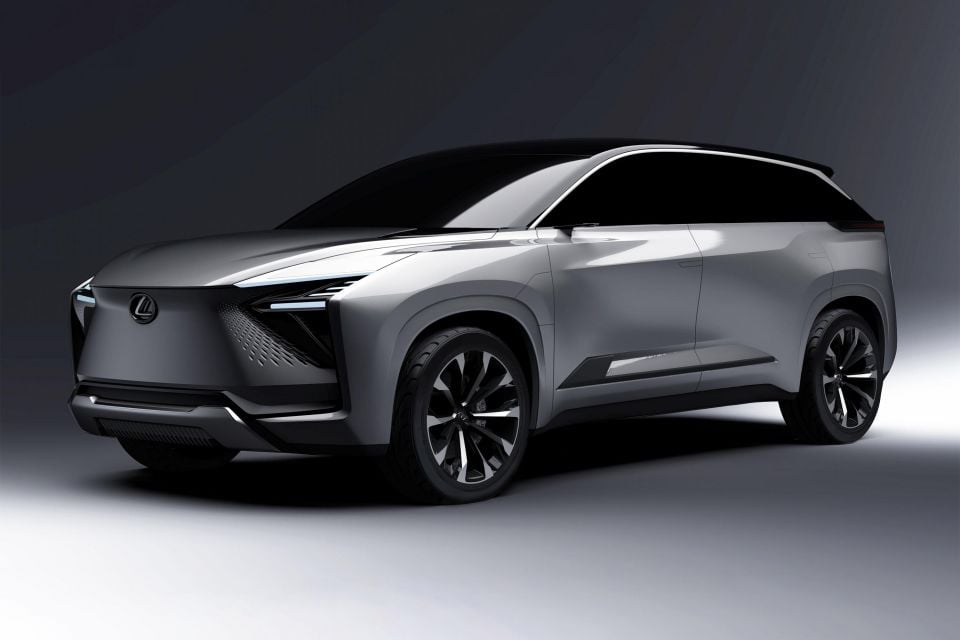

Lexus will become an electric-only marque globally by 2035, but in some regions internal-combustion models will be retired by 2030.
In introducing the Electrified Sport Concept, presented prominently in this line-up image, Lexus International president Koji Sato referred to it as a “Sports Battery EV” with “bold proportions and low ride height essential to a sports car”.
He said the car will show off the “unique driving performance” of Lexus vehicles and “become a model that symbolises the future of the brand”.
Sato-san promised the car will have a 0-100km/h time “in the low 2-second range”, while also having a driving range of “over 700km”, presumably if the car’s driven in a slightly more sedate manner.
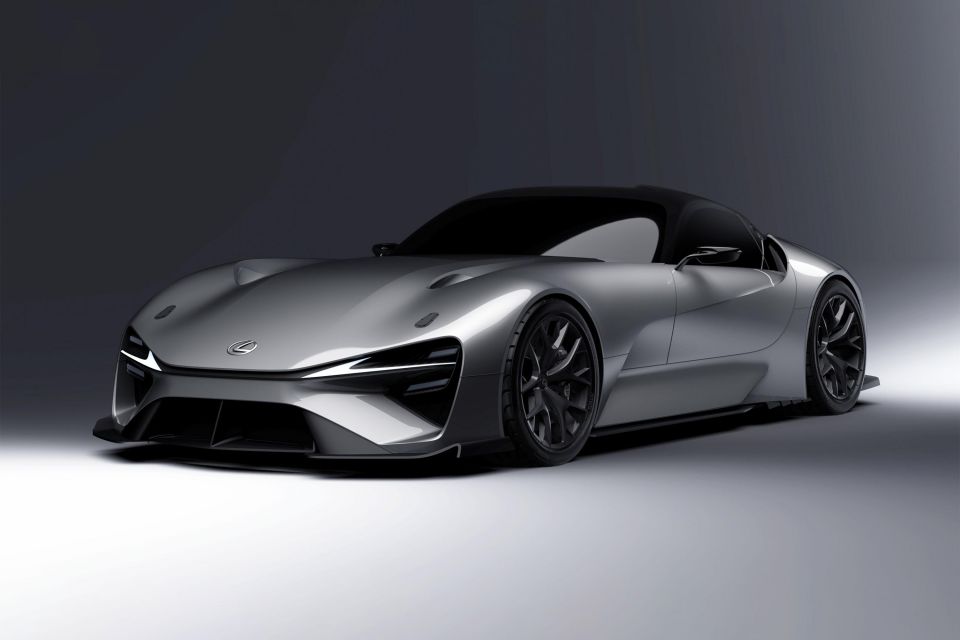
MORE: Lexus will sell only electric cars by 2035 MORE: Lexus supercar concept previews an LFA replacement MORE: 2023 Lexus RZ revealed MORE: Toyota and Lexus reveal 16 diverse electric concepts
Where expert car reviews meet expert car buying – CarExpert gives you trusted advice, personalised service and real savings on your next new car.
William Stopford is an automotive journalist with a passion for mainstream cars, automotive history and overseas auto markets.


William Stopford
5 Hours Ago


Ben Zachariah
6 Hours Ago


Derek Fung
6 Hours Ago


Matt Campbell
13 Hours Ago


William Stopford
1 Day Ago


Josh Nevett
1 Day Ago